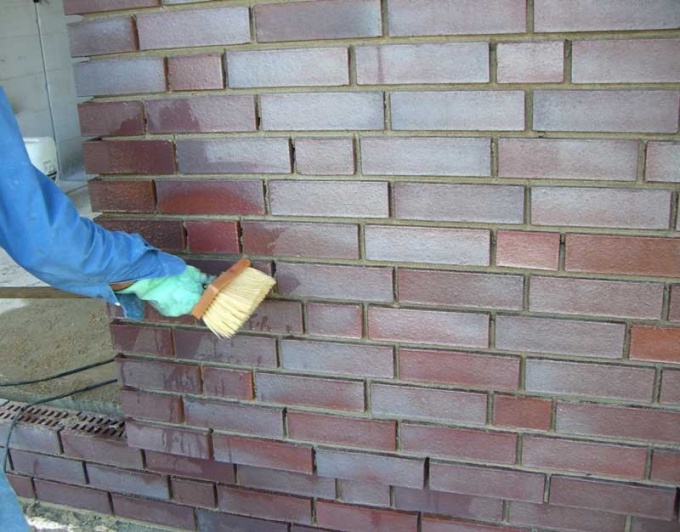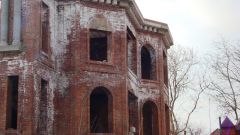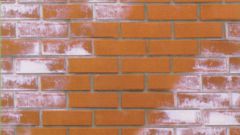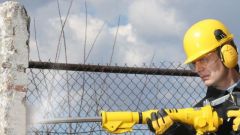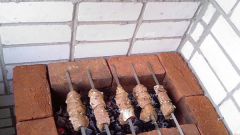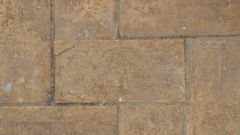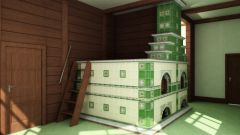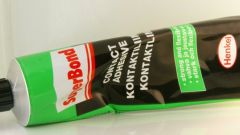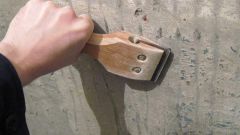You will need
- - hammer, chisel, chisel, axe, sandpaper;
- - drill with a special nozzle, grinder, jackhammer;
- - water, hydrochloric acid;
- - chemicals;
- - sunflower-seed oil and brick powder;
- - water repellent.
Instruction
1
If you have a lot of free time, clean the bricks by hand. To do this, take a small hammer and chisel (or a chisel) and salivate the largest pieces of the solution. You can use a small sharp hatchet, but keep in mind that it will be quickly blunted. After removal of large pieces of treat the bricks of a large emery paper for this pitch tool is two wooden strips and fasten sandpaper to a transverse rail. This way you remove the solution from red bricks, clean sand-lime brick postukivaniem much more difficult.
2
In order to speed up the process, use sandpaper, a jackhammer or a drill with a special nozzle. It is sure to protect eyes and respiratory organs with the help of special glasses and respirator, because is very much dust.
3
Given that cement mortar for brickwork mixed with the water, try to soak the bricks in water. After that just wash them with a stiff brush. Then thoroughly dry the bricks.
4
If you clean red clay brick of good quality, use a solution of sulfuric acid (for example, electrolyte for batteries). Dilute it with water in a ratio of 1:10 or 1:7, be very careful when working with acid as a simple touch or inhalation of fumes can threaten the strongest burn. Put the brick in the old cast-iron bath, pour the resulting solution and boil on the fire. The solution is completely gone. Don't spend this experience with a silicate brick, he will simply collapse.
5
For purification of brick in finished walls, use ordinary cosmetics. Apply it on a rag and wipe the bricks, allow to dry and rinse with water.
6
Another way: mix sunflower oil with the powder obtained from the sawing of bricks with a grinder. Then, the resulting mixture wipe the bricks. The disadvantage of this method can be called a long time to dry brickwork.
7
Clean the masonry of ceramic bricks is possible by means of dilute hydrochloric acid. To do this, pour the wall with a hose running water and gently wipe the bricks so that the acid did not get to the mortar. If the acid will get into joints, and will act in the form of plaque, simply wash the walls with soap and water.
8
To remove from the wall efflorescence (white patches), use clean water and a wire brush, but this method will help only for a while. For reliable protection of the walls must be treated with special cleaning compounds, and then with water repellents.
